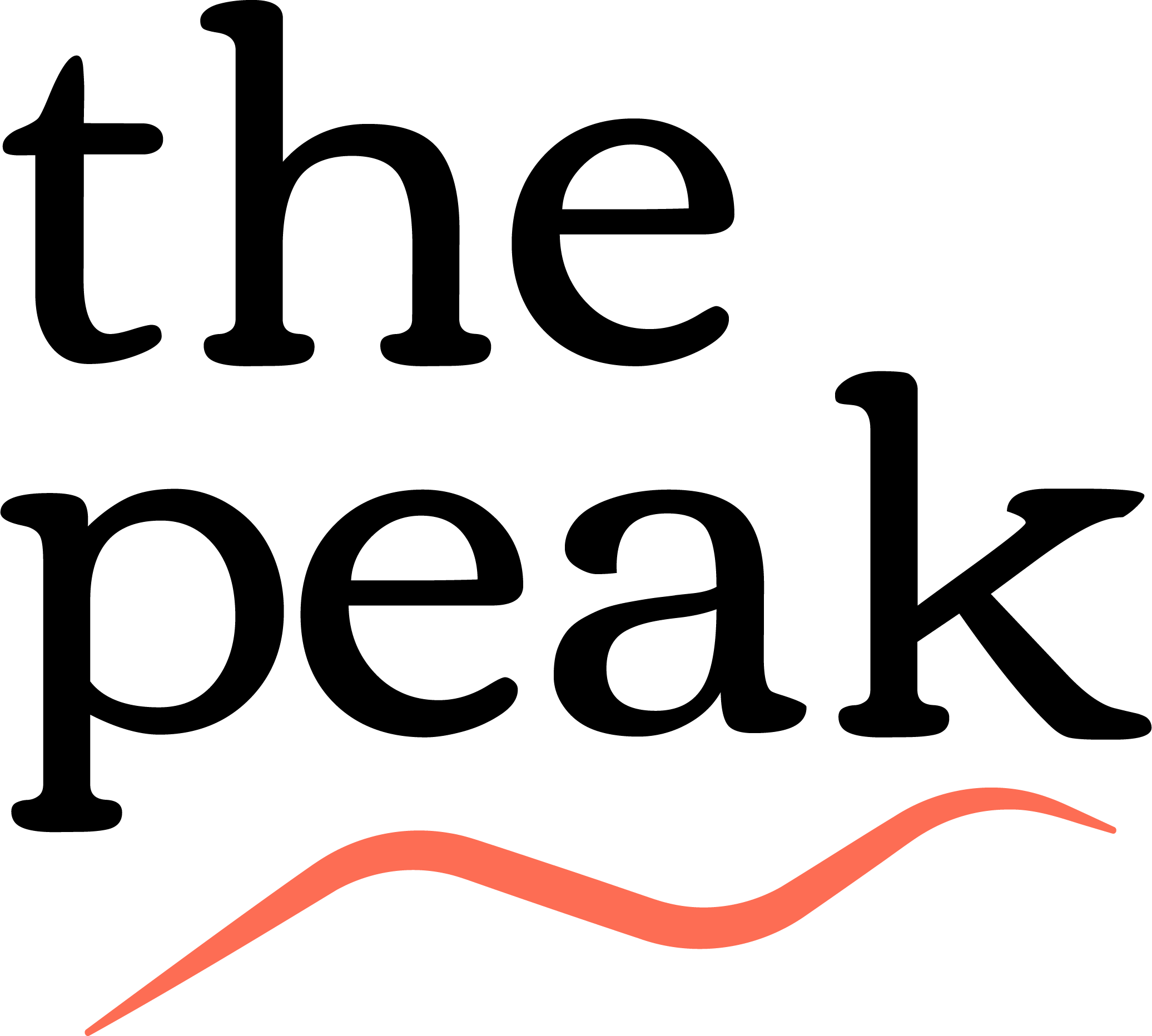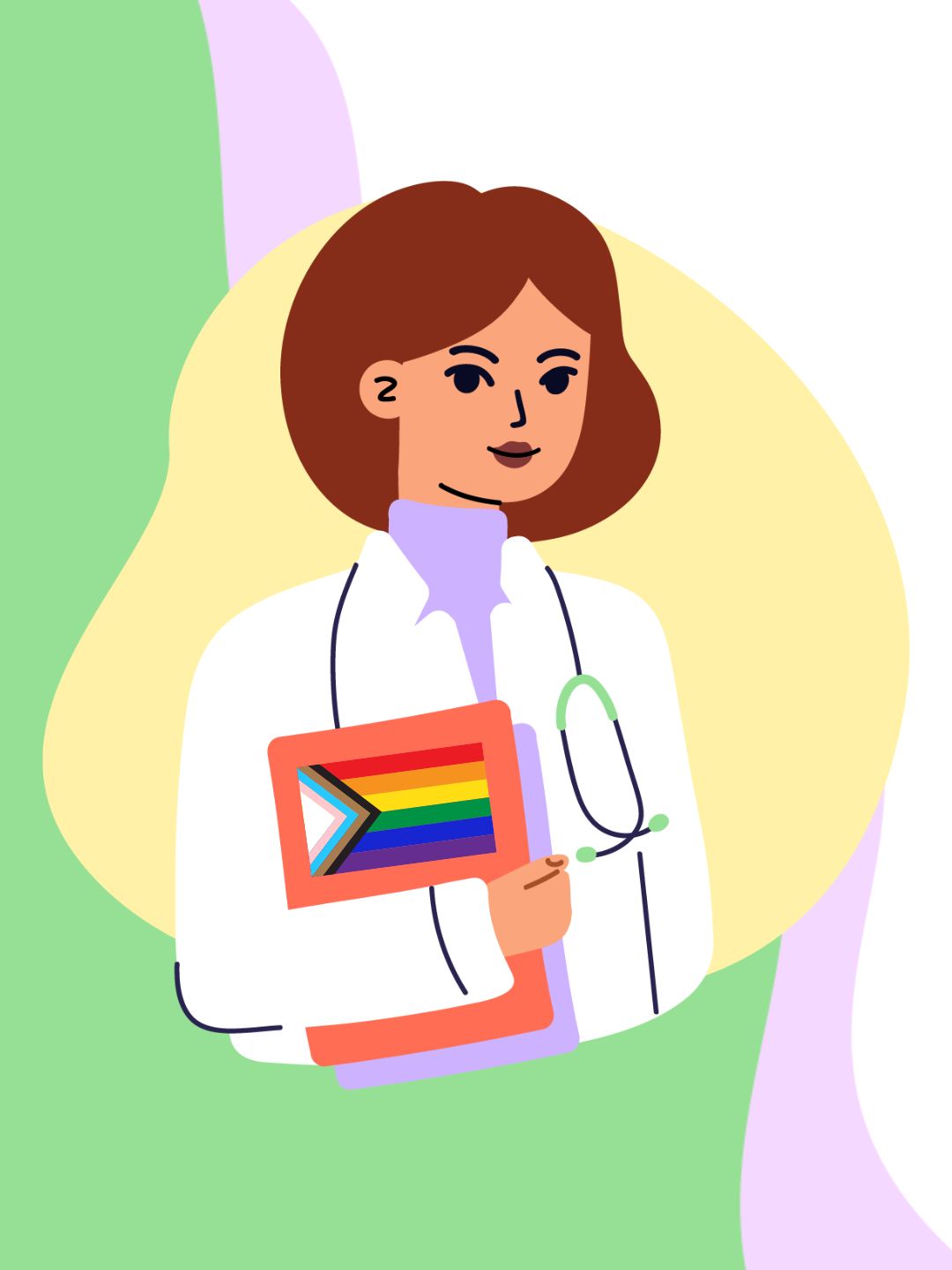For Jack*, a preventative double mastectomy felt a little bit like a test.
Still exploring his gender identity at the time of his surgery, Jack thought, “‘If I get smaller implants and wear a baggy shirt, people won’t really be able to see [my breasts]. It won’t matter.” But, he explains, “It turns out it really did matter to me.”
Jack, a 23-year-old trans man who lives in the midwest of the United States, carries the BRCA2 genetic mutation. For him, preventative surgeries, which now include a hysterectomy and oophorectomy, have not only reduced his risk of cancers, but have also been gender affirming.
“It's amazing,” he says. “I never wanted to have kids, I've always just hated that part of my body, so it's just such a relief to know that I don't have to worry about it.”
Like many trans and gender nonconforming patients, Jack explains that the process to have his wishes recognized hasn’t been easy. Living in the midwest and being treated at a Catholic institution, Jack says he feared for his safety around healthcare providers whom he did not know, worried that his gender identity could cause the quality of his care to suffer or his well being to be put at risk.
“You feel like you have to push a part of yourself down in order to get through this situation and get the care that you need, which is not a good experience for anyone to go through.”
Barriers to Cancer Care for the LGBTQ+ Community
Dr. Gwendolyn Quinn is the Livia Wan Endowed Chair, Vice-Chair Research, and Professor in the Department of OB-GYN at NYU Langone Health. Her research examines physician communication processes in underserved groups, including sexual and gender minorities, and she says she has heard stories similar to Jack’s.
In addition to a sense of fear, Dr. Quinn’s research has also identified other challenges that gender nonconforming and trans patients might face in cancer care, many of which stem at the lack of knowledge around patient’s sexual and gender identity, and lack of awareness of what to do with that information once it is disclosed.
Dr. Quinn explains that a quote she often hears from physicians is: “I’m a good doctor. I treat all people the same.”
“So they’re wondering why they even need to know the sexual orientation and the gender identity of their patient to treat them. And I think the same is true, of the reverse, of the patient: ‘Why do I need to give that information? How will that make a difference?’”
That perspective, she says, “goes against the Doctrine of the American Medical Association, which equates to the concept that in order to treat a patient, you have to know who they are, and that’s particularly important in cancer care.”
RELATED: Community Conversations: LGBTQ+ Breasties with Shae and Margaret
Ways to Improve Cancer Care for LGBTQ+ Patients
“How can I have a relationship with you if I’m constantly calling you by a name you don’t identify with? If two women come into the exam room and I immediately say, ‘Oh how nice, you brought your sister here today,’ I’ve shut down a door,” Dr. Quinn says.
While in many cases, sexual and gender identity won’t impact one’s cancer treatment, with the exception of hormonal therapies, Dr. Quinn says the lack of conversation around the topic can often negatively impact the shared decision-making process and the type of support offered to the patient.
Avoid Assumptions and Create a Safe Space for Shared Decision Making
That impact on the shared decision-making process is exactly what Jack experienced at the time of his mastectomy. He says that because he wasn’t out as trans at that point, his surgeon was not understanding of his desire for aesthetic flat closure.
“I wish that I had just gone flat like I wanted to but … I wasn't in a supportive environment enough [sic] to be pushed to do that.”
His surgeon’s assumption that he was a cisgender, straight woman was at the core of the problem, he says.
A 2013 study of LGBTQ cancer patients found that “patients said they wanted providers to avoid assumptions, include their loved ones in decision making, talk to them about sex and sexuality, and provide them relevant and focused support and resources,” explains Dr. Amanda Bolderston.
Dr. Bolderston is a radiation therapist and co-founder of Queering Cancer, an organization that aims to transform cancer care for the LGBTQ2+ community by improving research, resources, and support for patients, families, caregivers, and healthcare professionals. Through her work, Dr. Bolderston says she “has seen firsthand how queer patients can be invisible in the system.”
“At best this can be annoying and at worst it’s actively hostile and damaging,” she says.
Create an LGBTQ+ Friendly Practice and Environment
The steps towards fostering a supportive environment are simple. Jack and Dr. Quinn agree: have signs present that show that you are open to talking to your patients about their sexual and gender identity.
“In your office, on your website, and in your paperwork for when people come in… Have little things that show that you’re affirming,” says Jack.
“If you walk in and you don't see any rainbow flags and you don't see any people that look like you in the waiting room and the bathrooms are labeled men and women, you begin to have this sense like, ‘I might not be welcome here,’” says Dr. Quinn. “You could be very guarded by the time you get to the exam room.”
Educate Yourself Around Important Issues and Resources
Another recommendation, Jack shares, is for clinic staff to call patients by their last name, entirely avoiding the use of a first name that a patient may not identify with, while Dr. Bolderston emphasizes the need for healthcare providers to educate themselves on matters that impact LGBTQ patients.
“Queer and—especially—trans patients often find themselves in the position of educating their healthcare team and it’s just extra emotional labour at a very tough time,” she says.
“We want to be honest with our healthcare providers,” says Jack. “We want to totally tell you the whole story so that we can get the best care possible, so that you can provide us with the best care possible.”
Support Queering Cancer in their mission to address the gaps in support, education and research for LGBTQ+ cancer patients by donating to their Pride fundraiser.
*A pseudonym was used to protect their identity.



